Christmas
3. Maaloula > 3.4. Holidays and Festivals > 3.4.1 Christmas in Maaloula
Last modified December 22, 2022
3.4.1.1. In the past:
Christmas preparation begins on Saint Barbara’s Day, which annually celebrated on the 4th of December. Maaloulian used to bring some saucers or reused small cans, put some cotton or soil in them, and plant them with grains such as lentils and chickpeas and especially wheat seeds. He would water them daily and put them next to the fireplace to sprout faster, and if the weather is sunny, he would take them out during the day to see the sun.
As for buying new clothes, it was not as widespread as it is today, and Maaloulian was satisfied with some clean clothes, and his true joy was in the small and simple details of the Christmas and the meeting of relatives and friends.
As for Christmas decorations, they were often set up one or two days and a maximum of a week before Christmas Eve, in order to preserve the joy of Christmas. It is not removed until the priest blesses the houses on the Epiphany.
Maaloulian would bring some brown paper and fold them in an irregular way to give them the shape of a rock, and from them he forms a nativity grotto, which would be placed in the forefront of the house. Inside the cave small figures embodying the characters of the Nativity would be placed. There are Mary, Joseph, three wise men carrying gold, frankincense, and myrrh, an angel, a star, a manger, a shepherd and some sheep, in addition to a donkey and a bull behind the manger, as in the icon of the Nativity.
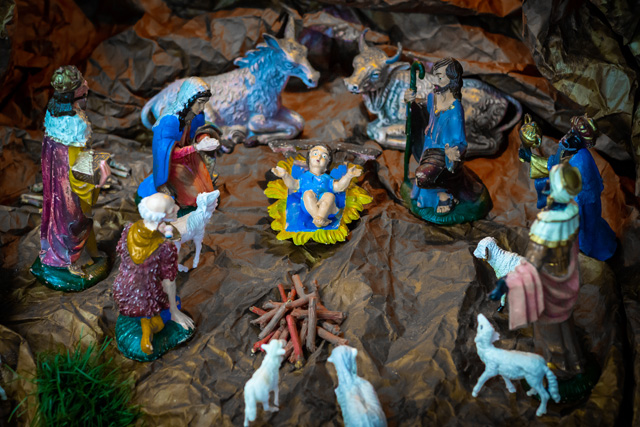
Figure 3.4.1.1: Nativity grotto 2020 {© Rimon Wehbi}
The pockets of the cave are also decorated with the sprouting grains that were planted previously, as a symbol of renewal and life. Larger houseplants are also placed in front of the grotto, and small pieces of cotton is sprinkled on the grotto as a symbol of snow. The grotto is lit by placing an oil lamp in front of it, as there was no electricity yet. As for the baby Jesus, he would not place in the grotto until midnight, after the return from the Christmas mass on the 24th of December.
At the beginning of the 20th century the Christmas tree began to spread in the world, and it is certain that it reached Maaloula during or after the French mandate of Syria. Maaloulian used to cut a branch from a cypress tree to place it over the grotto, and there was no decoration to decorate it except cotton, some saints’ pictures and greeting cards they receive from their relatives abroad.
On Christmas Eve, the family would prepare to participate in the Christmas mass at eleven o’clock at night.
On Christmas Day, the whole village used to exchange felicitations. The young men would meet each generation with its peers, and go together to felicitate the relatives and friends of each one of them, and thus they would felicitate the whole village.
The host would offer them bitter coffee, sweets and chocolate. But if the notables of the village, families or some close relatives came to felicitate, the host would offer them some sweets made of grape syrup and other things, in addition to dried figs, raisins, walnuts, and so on. The felicitations continued until the Epiphany.
3.4.1.2. In the 21st century:
The order of Christmas events is still the same, but many people put Christmas decorations a week, two and three weeks early.
The decorations comes in different shapes and colors, and they can be purchased ready-made, but most Maaloulians still prefer their hand-made decorations, as this makes them feel more joyful and cheer in Christmas. There are also many foods and sweets that can be prepared and served at Christmas, including “swīḳa”, a drink made of grape syrup, anise, ginger, cinnamon, cloves and walnuts, which is traditionally served by Maaloulians upon the birth of a new child. With the beginning of the 21st century, a new custom was introduced, which is offering swīḳa to the worshipers in the churchyard after Christmas mass, as a symbol of the church’s celebration of the baby Jesus.
Today, the youth of Maaloula have a strong presence at Christmas, some of them participate in lightning the mountain, churches and monasteries, and some of them participate in musical performances and Christmas recitals, as well as those who participate in Santa Claus tours who distribute gifts to children in their homes, and who participate in Christmas meditation nights, and many other activities.
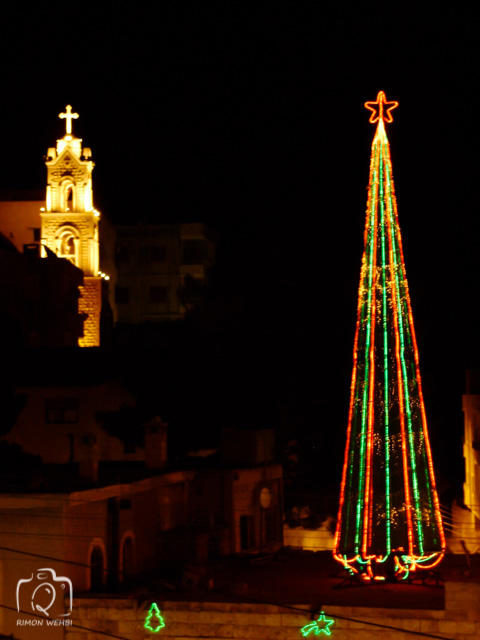
Figure 3.4.1.2.1: Christmas tree 2009 {© Rimon Wehbi}
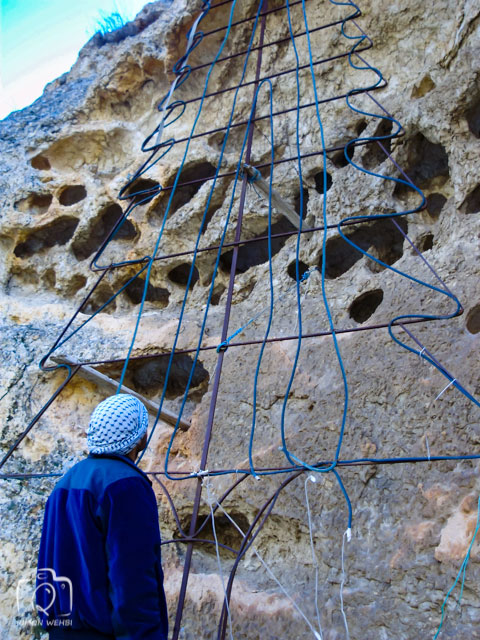
Figure 3.4.1.2.2: Lightning the mountain 2009 {© Rimon Wehbi}
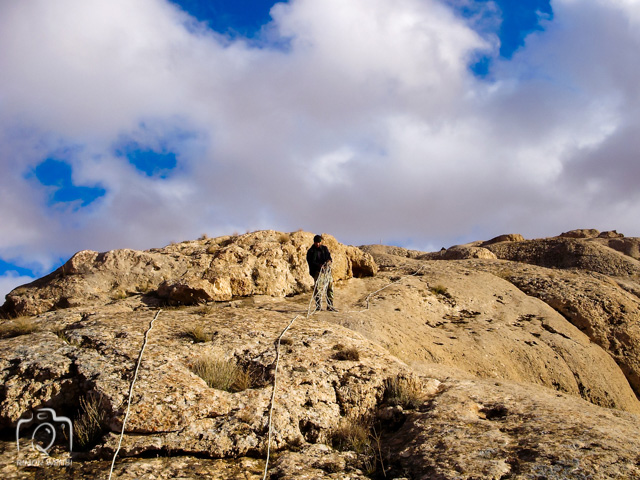
Figure 3.4.1.2.4: Cables for the lights 2009 {© Rimon Wehbi}
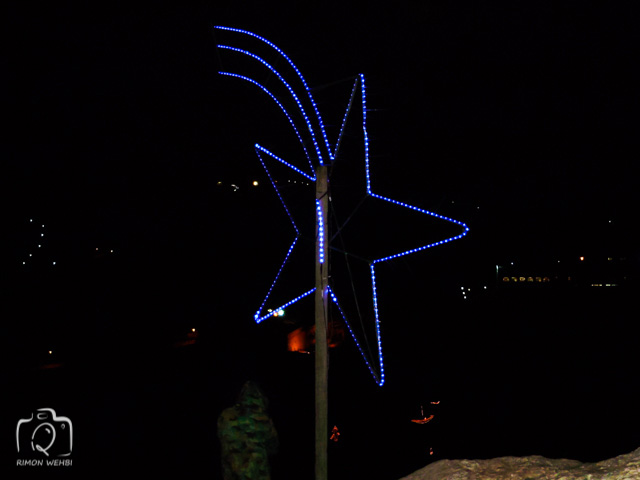
Figure 3.4.1.2.3: Lightning the mountain 2010 {© Rimon Wehbi}
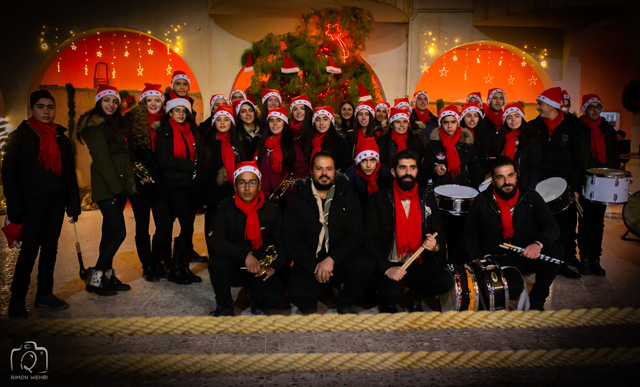
Figure 3.4.1.2.5: Scout music ensemble 2020 {© Rimon Wehbi}
Christmas, with its religious and human symbolism, remains an important opportunity to strengthen family ties, clear hearts, and remember the needy and the lonely. Let us focus together on the meaning of Christmas, its connotations and essence, and let us stay away from semblances, clamor and exaggeration in decoration.
Luke 2:14 “Glory to God in the highest, and on earth peace among men with whom he is pleased!”
3.4.1.3. Christmas greetings and wishes in Aramaic:
Let’s encourage each other to speak and learn Aramaic, by exchanging greeting cards in the language of the Christ child:
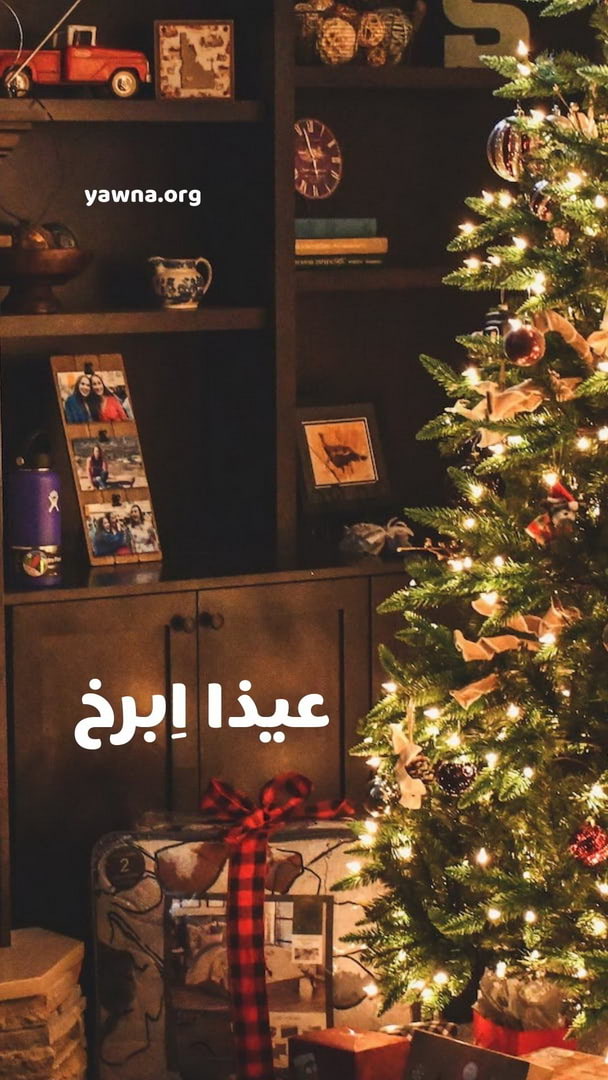
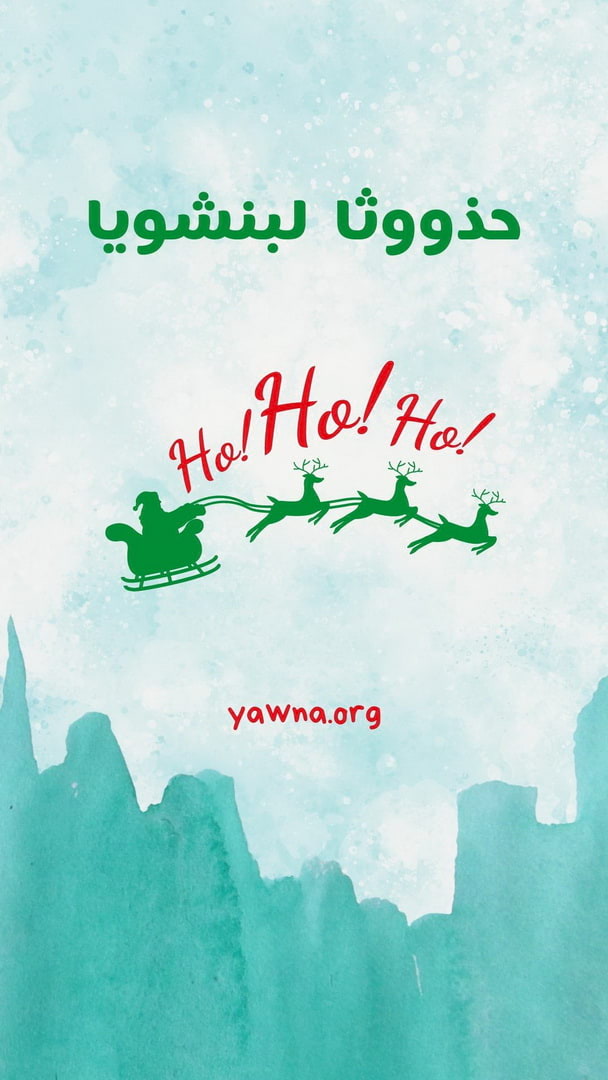
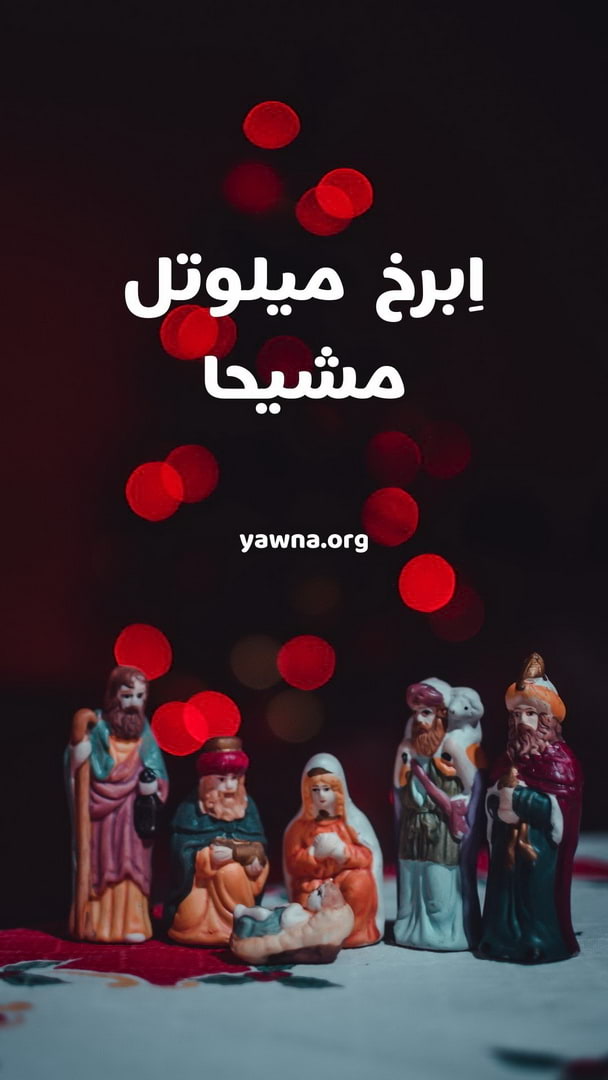
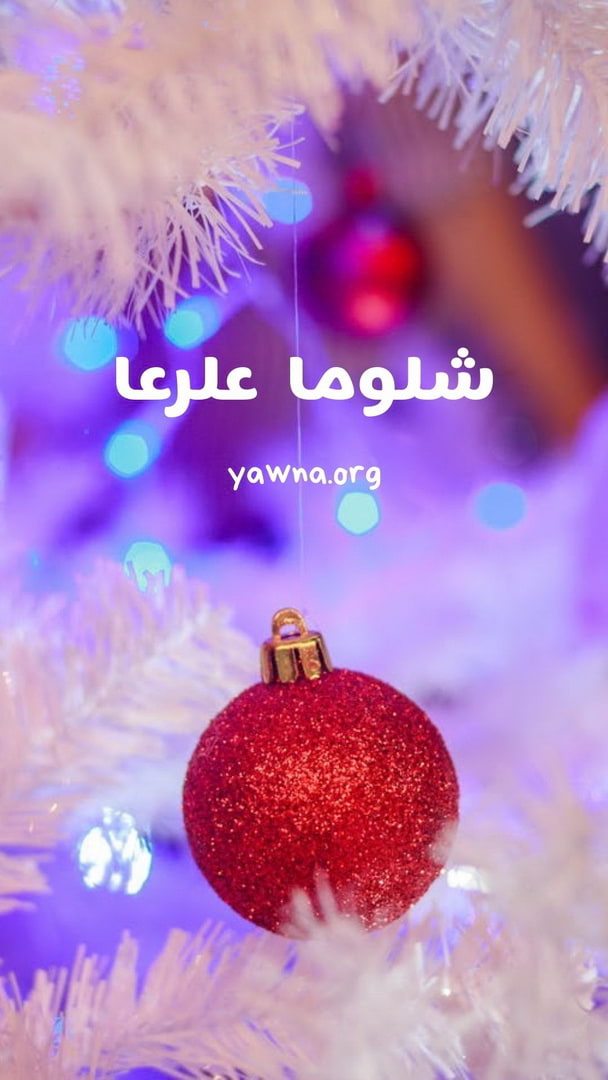
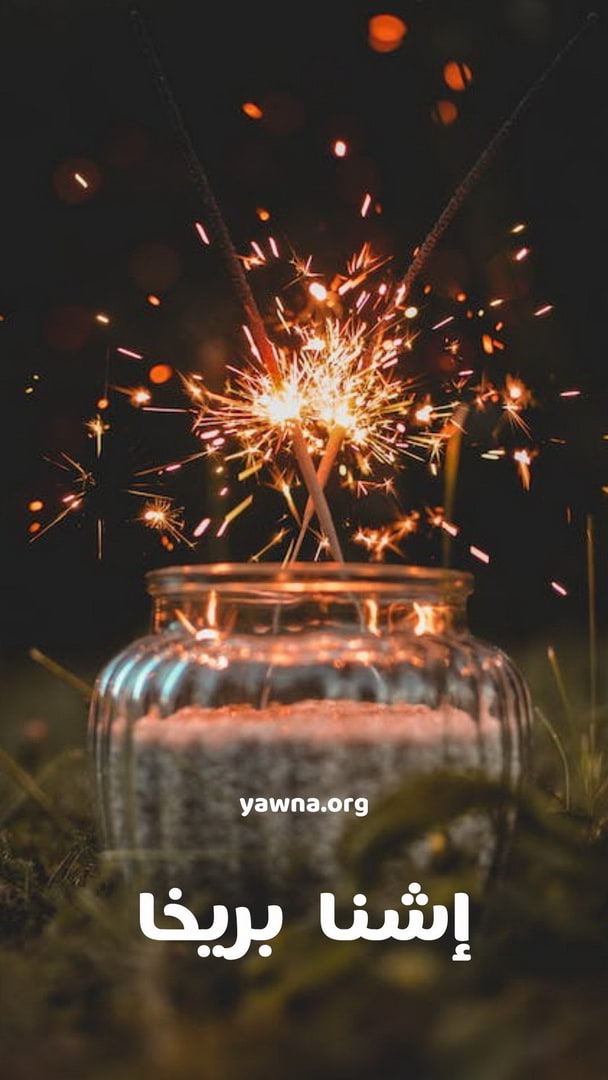
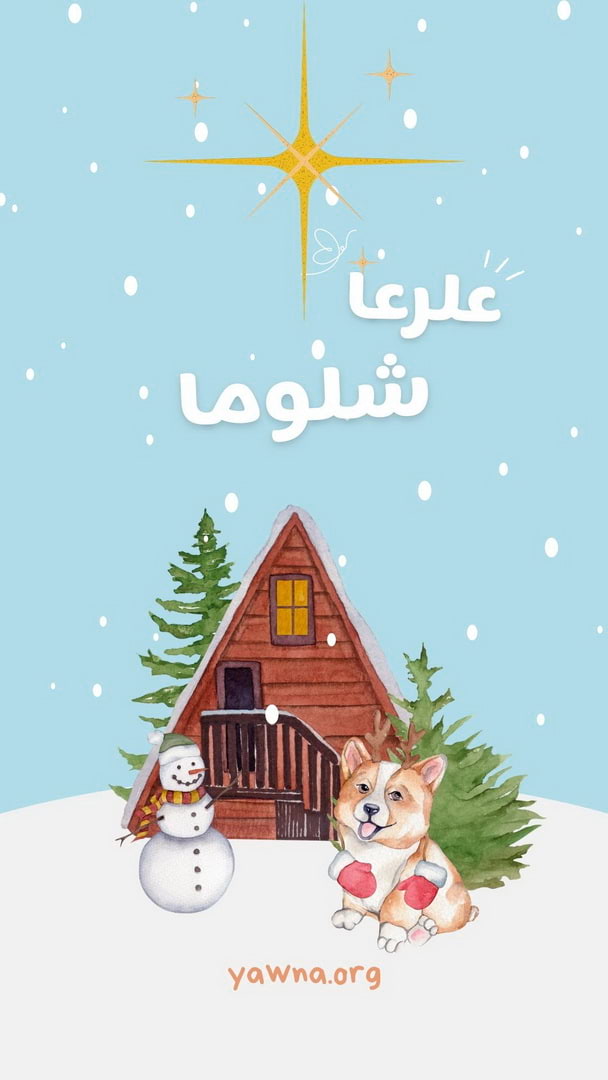
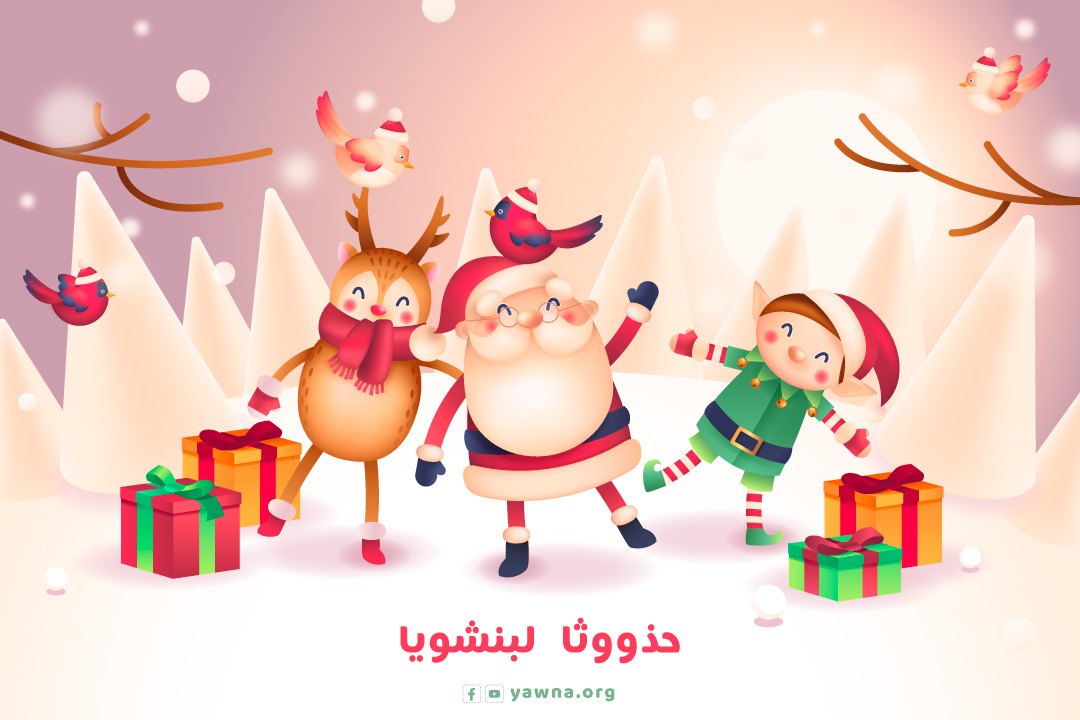
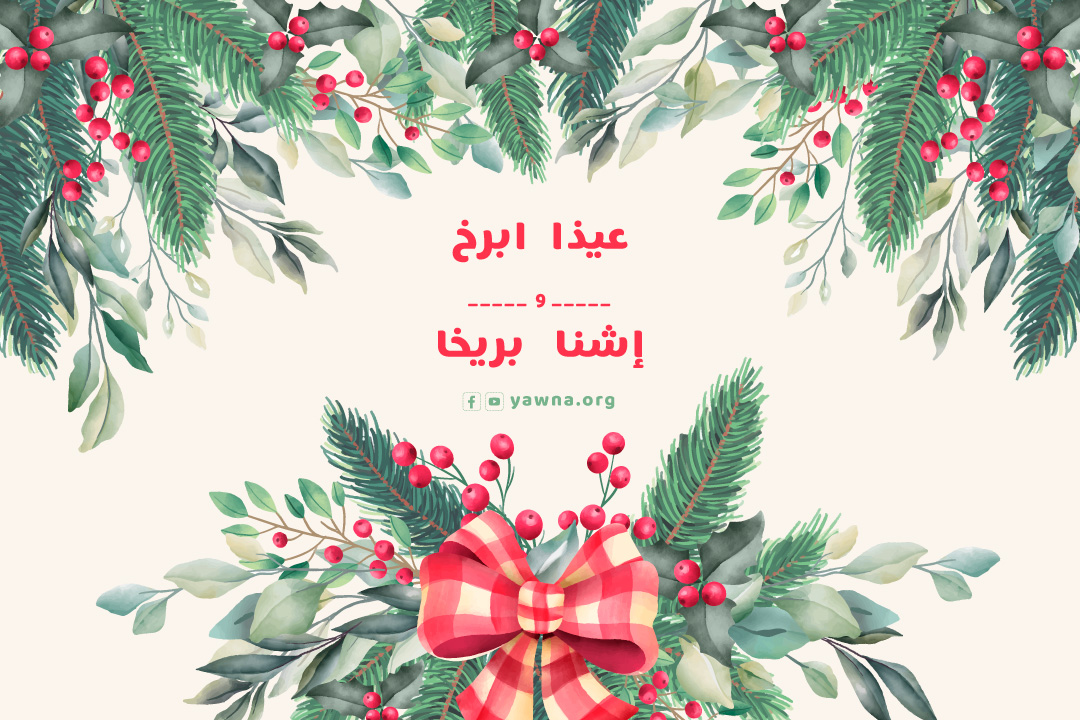
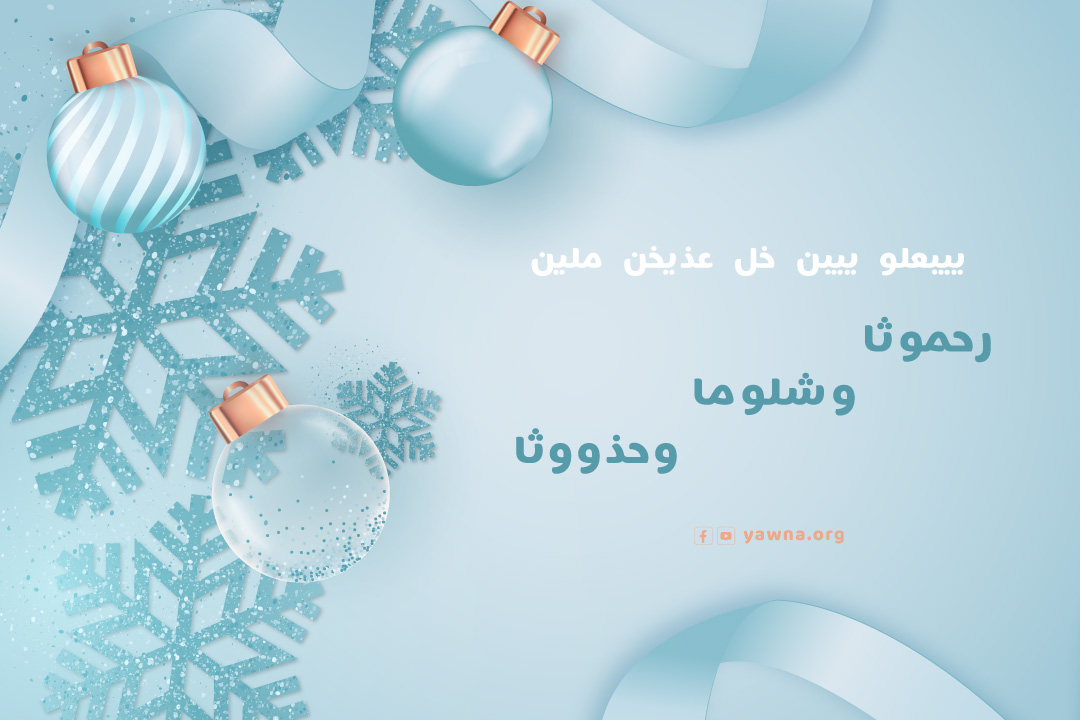
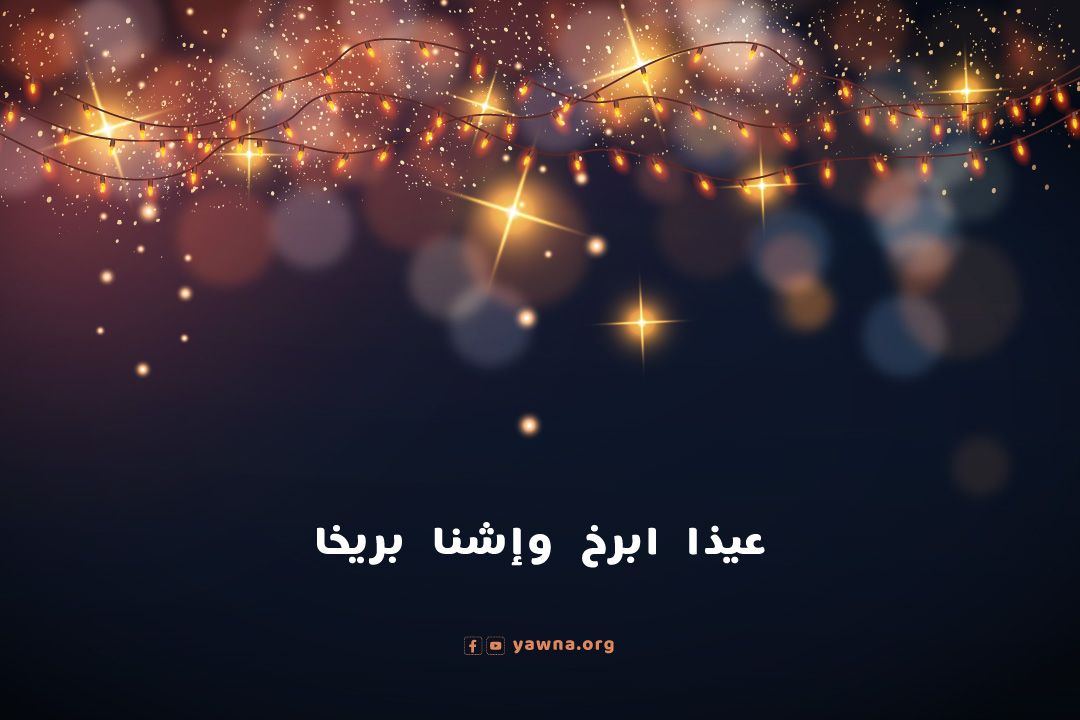
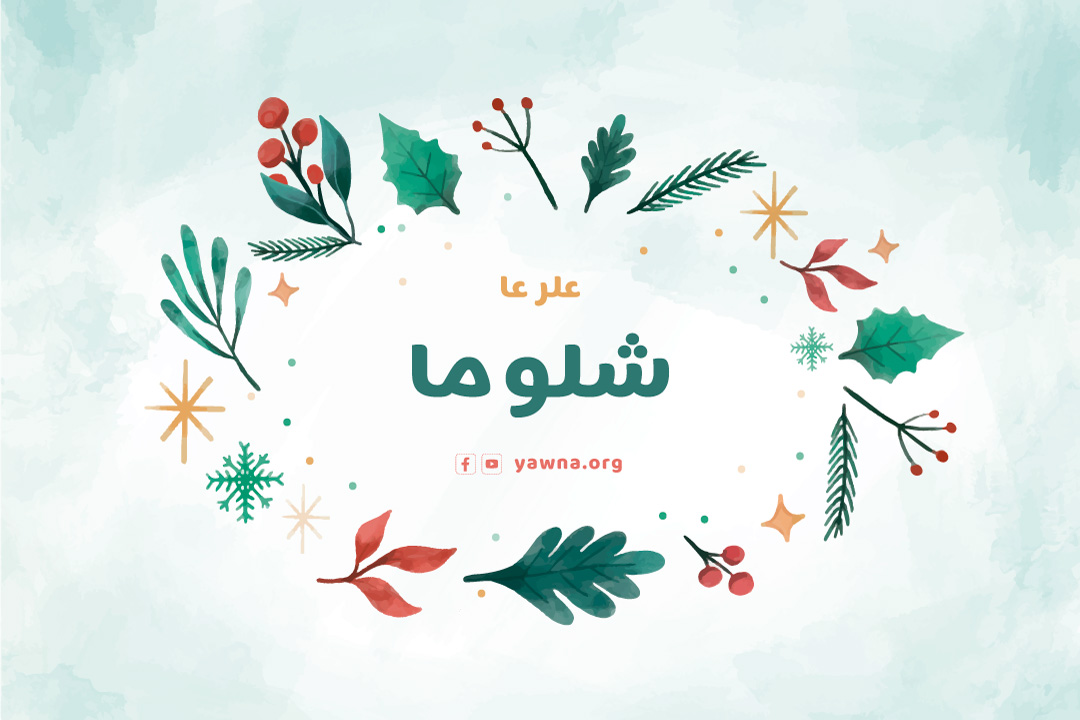
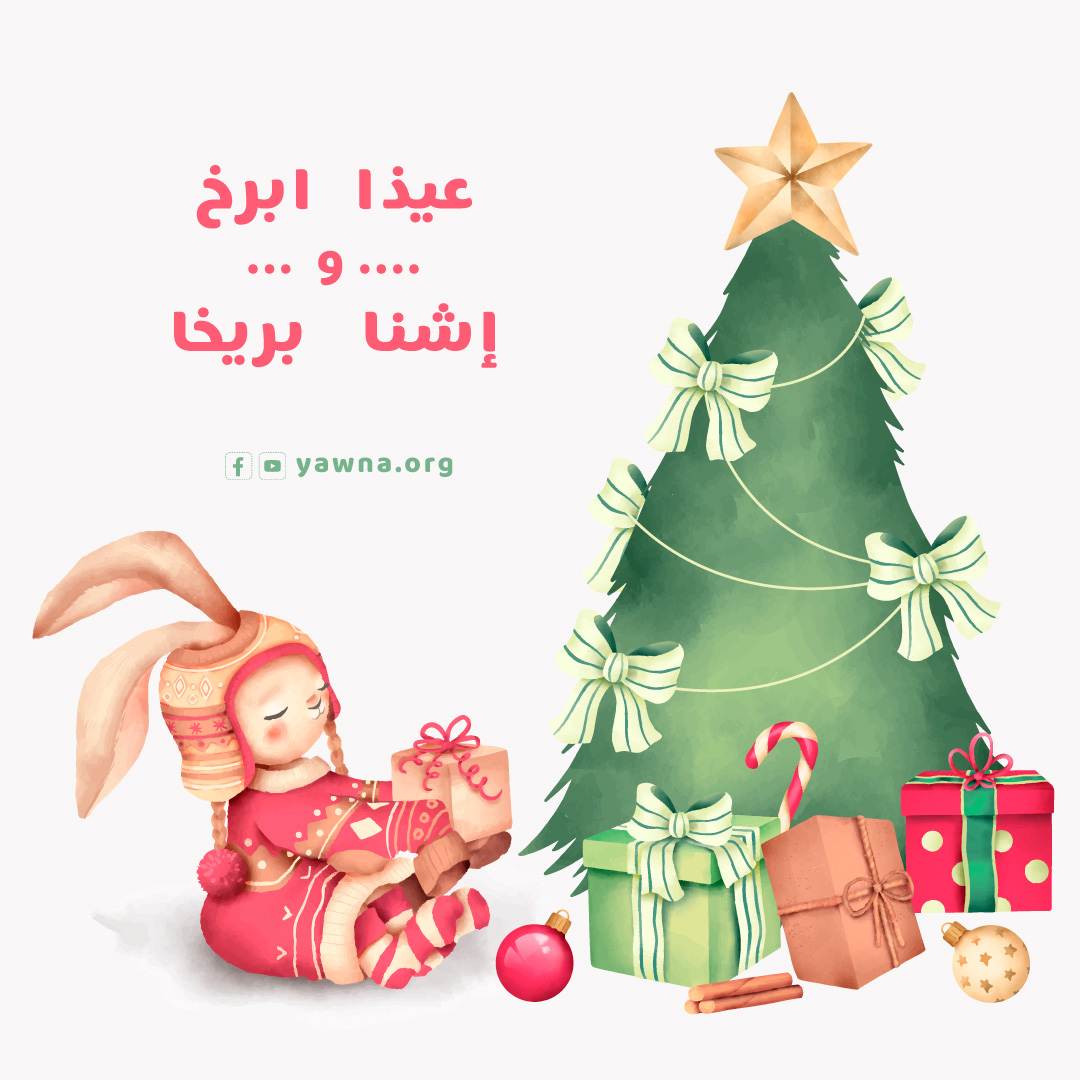
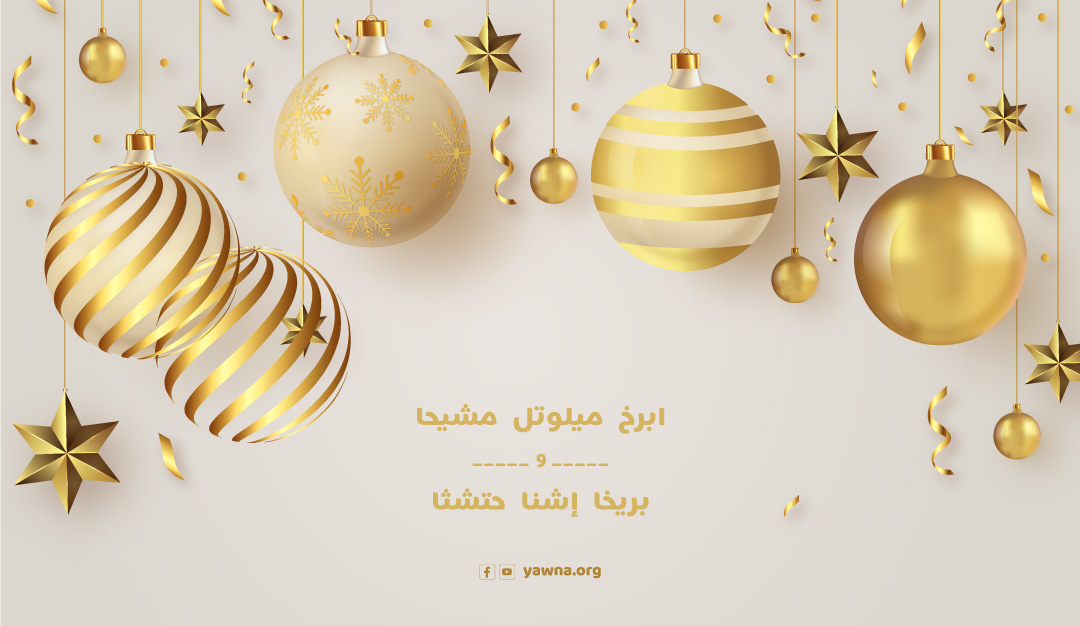
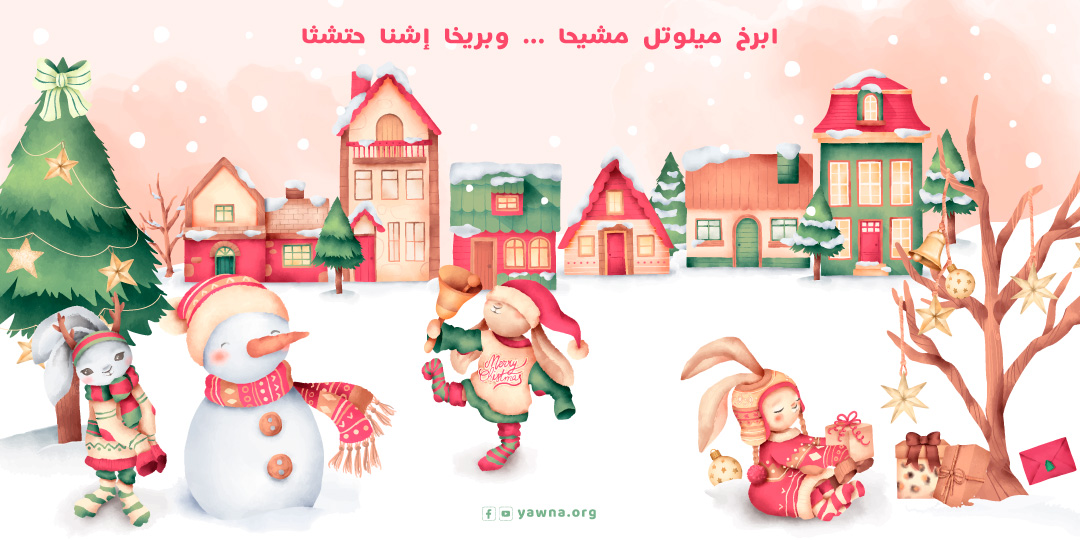
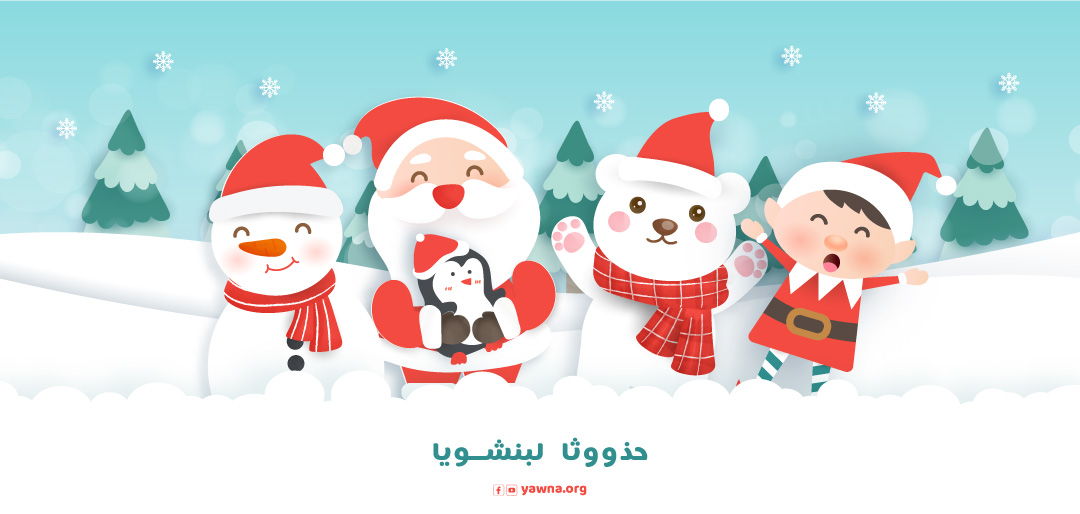

3.4.1.4. Cheap and Easy DIY Christmas Decorations:
Sometimes it is easier to use store-bought decorations, but there is something so special, fascinating and charming about homemade Christmas decorations that money simply can’t buy.
I would like to share with you some amazing, quick and easy decorations that you can do yourself to make your home feel festive and bright!
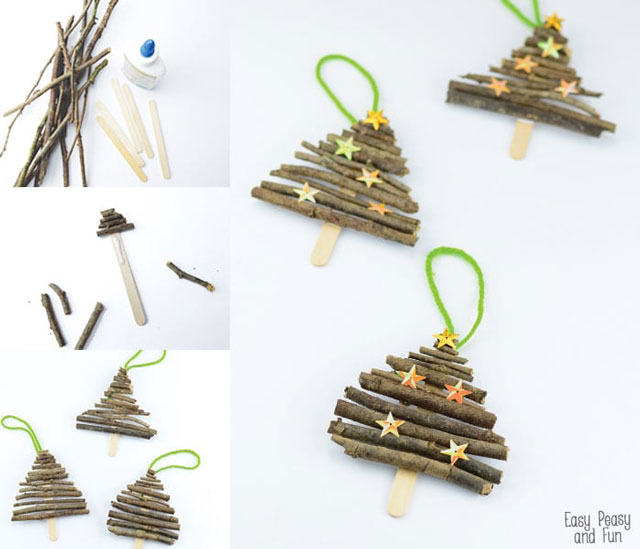
Figure 3.4.1.4.1: Popsicle stick and twigs Christmas tree {easypeasyandfun.com}
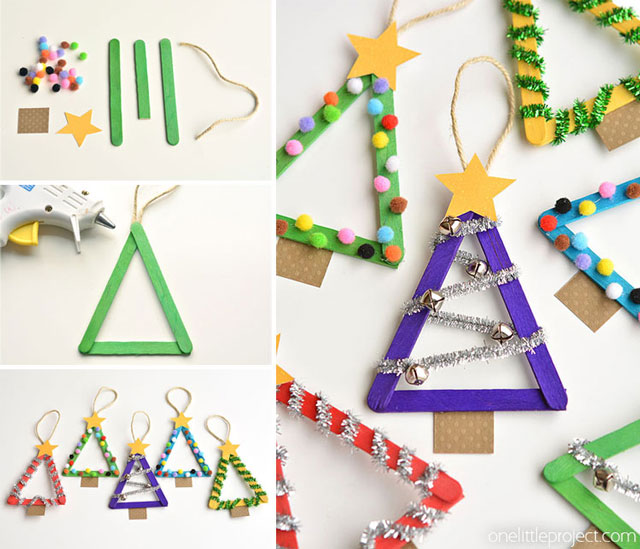
Figure 3.4.1.4.2: Popsicle stick Christmas trees {onelittleproject}
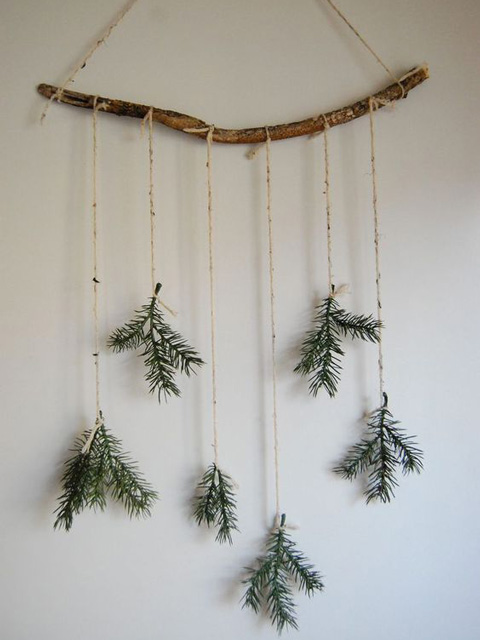
Figure 3.4.1.4.3: Minimal Christmas decor {courtney raf}

Figure 3.4.1.4.4: Cotton ball Christmas window {David Galbraith}
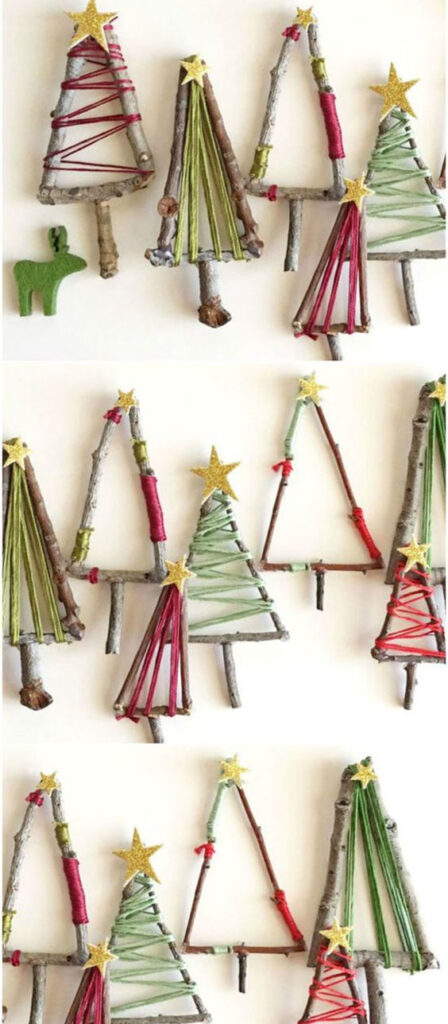
Figure 3.4.1.4.5: Mini twig Christmas tree {House Beautiful UK}
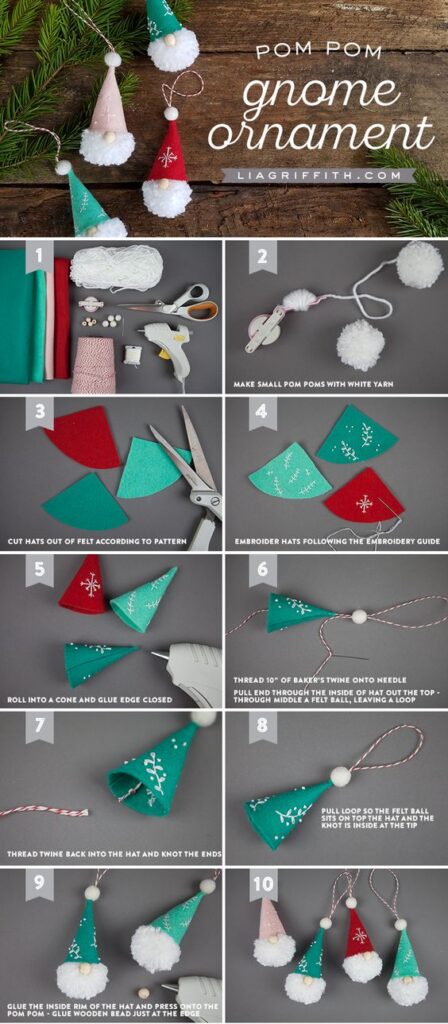
Figure 3.4.1.4.6: Pom Pom Gnome {liagriffith.com}
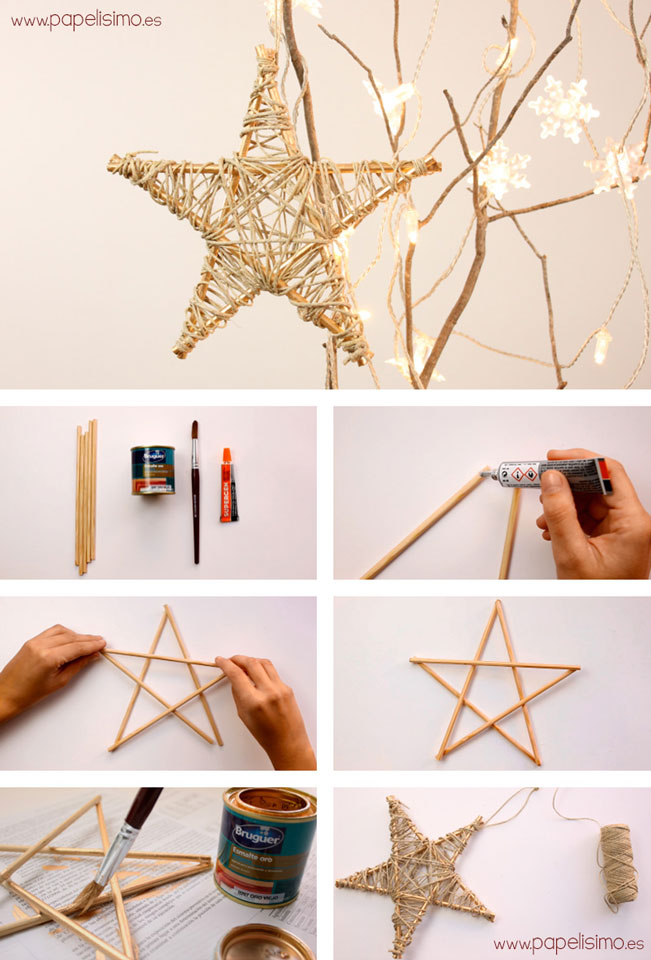
Figure 3.4.1.4.7: Christmas star {papelisimo.es}
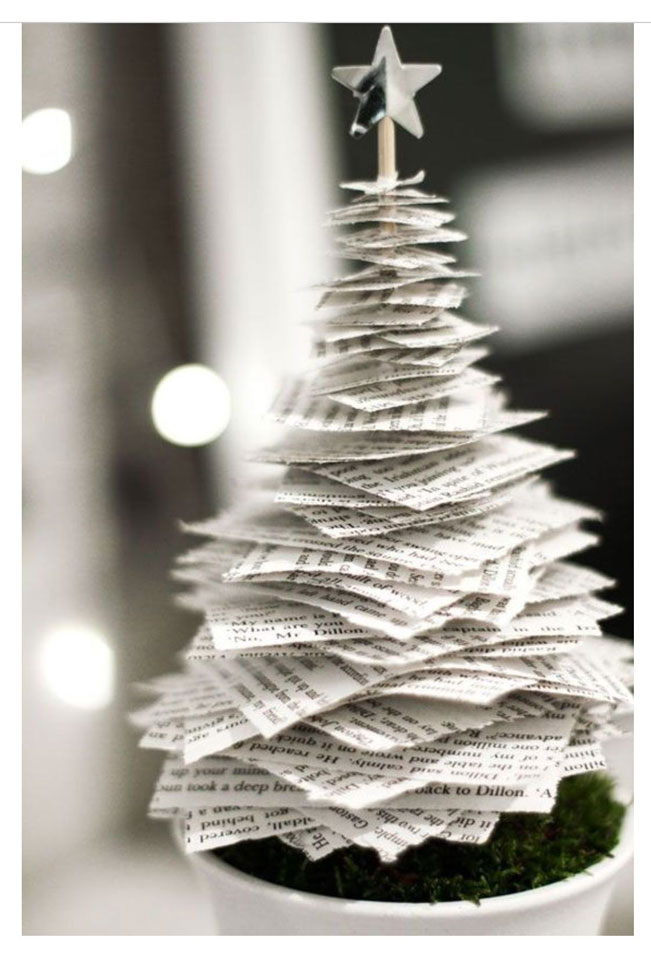
Figure 3.4.1.4.8: Tabletop Christmas tree {maria mocho}
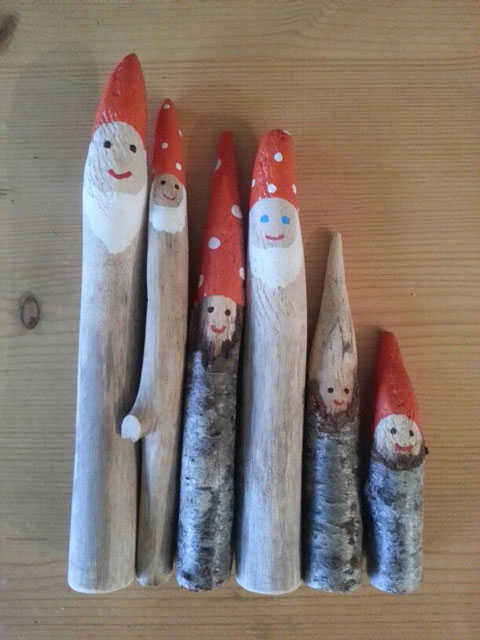
Figure 3.4.1.4.9: Twig, stick gnomes {Judith Harberts}
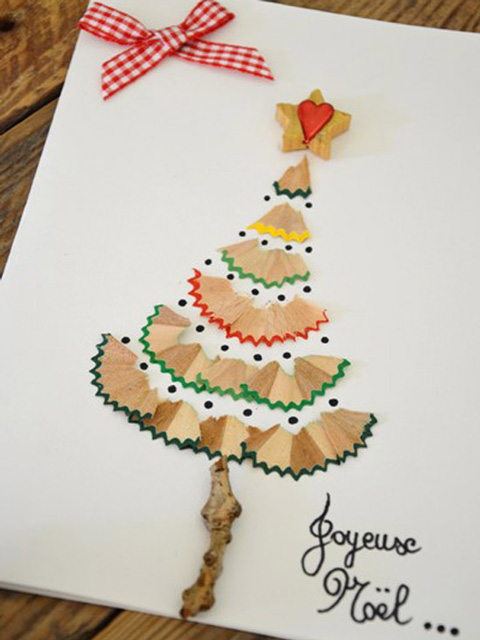
Figure 3.4.1.4.10: Pencil shavings Christmas tree {creamalice.com}
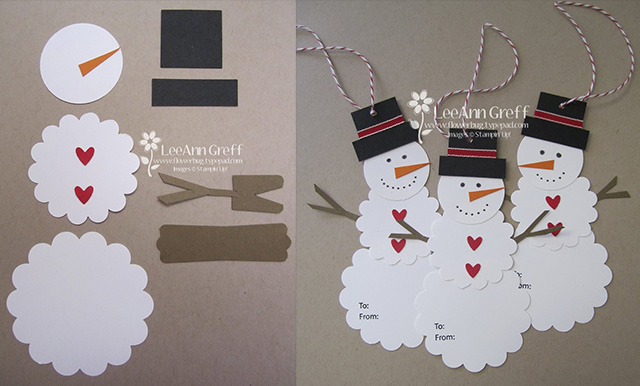
Figure 3.4.1.4.11: Snowman gift tags {Flowerbug’s Inkspot}
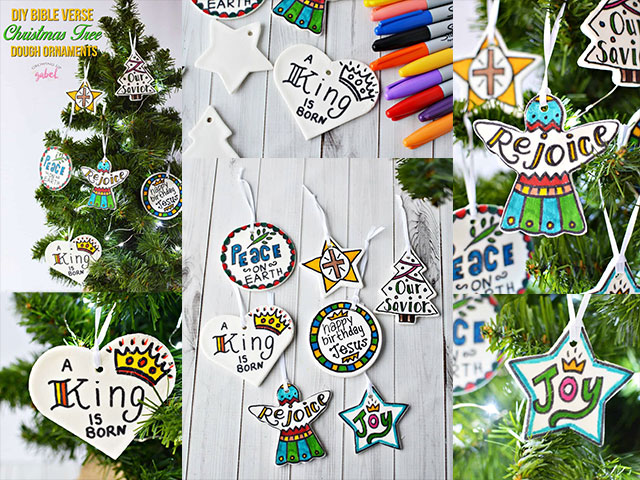
Figure 3.4.1.4.12: Christmas dough or carton Ornaments {growingupgabel-Camille}
3.4.1.5. Light and easy Christmas food:
Here are some creative ideas for preparing delicious and healthy food for the Christmas table.
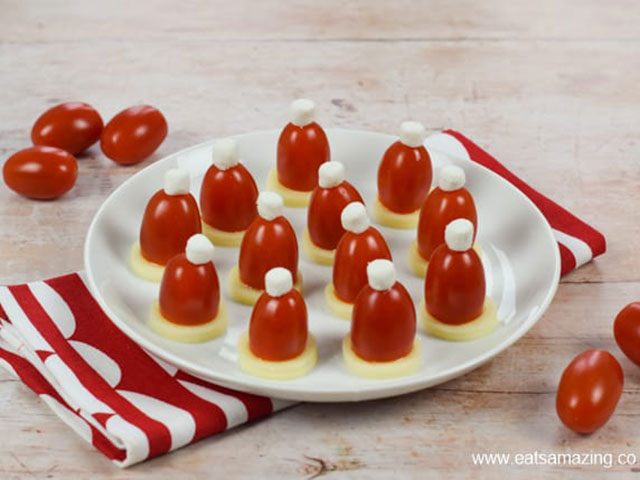
Figure 3.4.1.5.1: Cheese & tomato Santa hats {eatsamazing.co.uk}
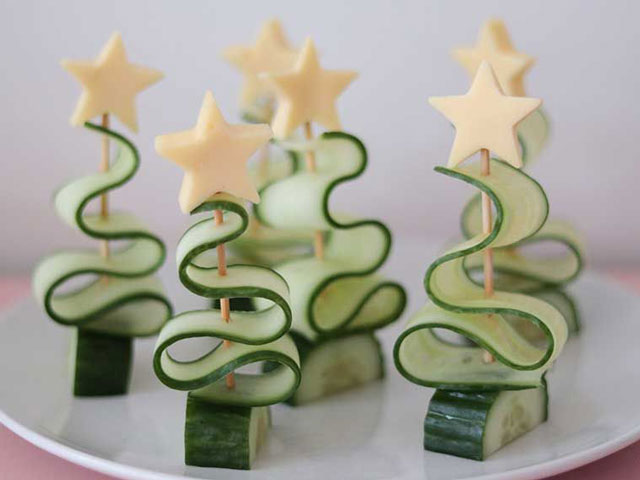
Figure 3.4.1.5.2: Cheese & cucumber Christmas tree {ladylemonade.nl}
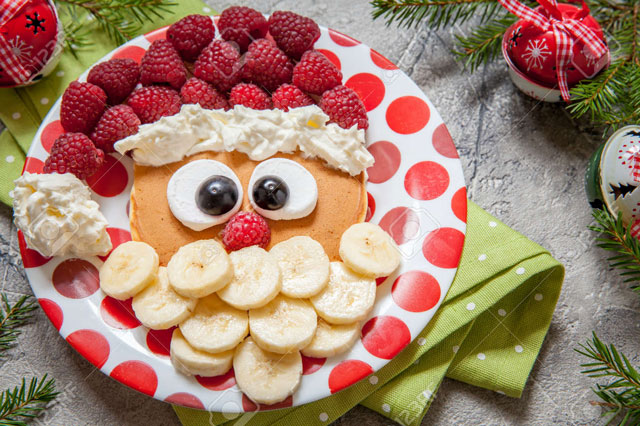
Figure 3.4.1.5.3: Christmas Santa pancake {Elena Shashkina}
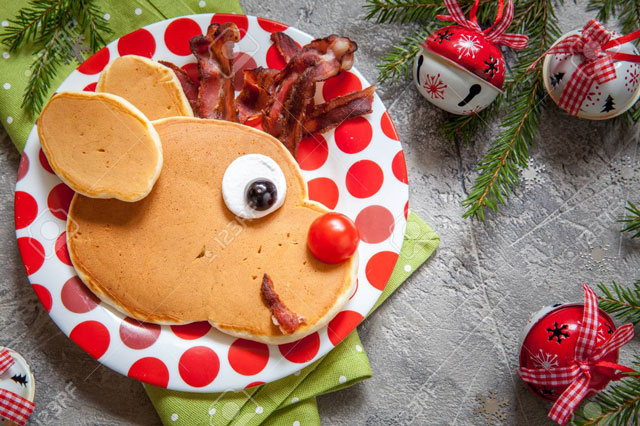
Figure 3.4.1.5.4: Rudolph reindeer pancake {Elena Shashkina}
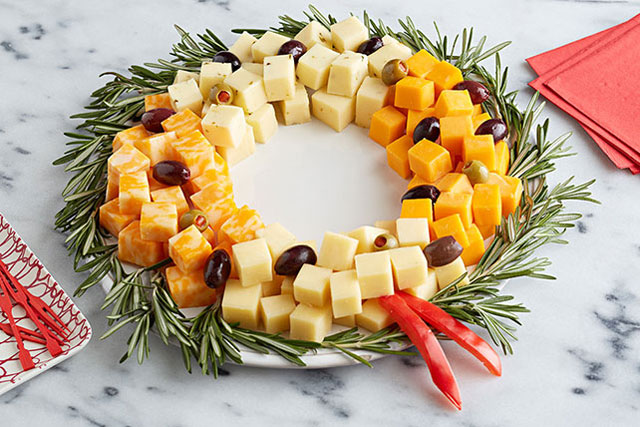
Figure 3.4.1.5.5: Cheese Wreath {kraftrecipes.com}
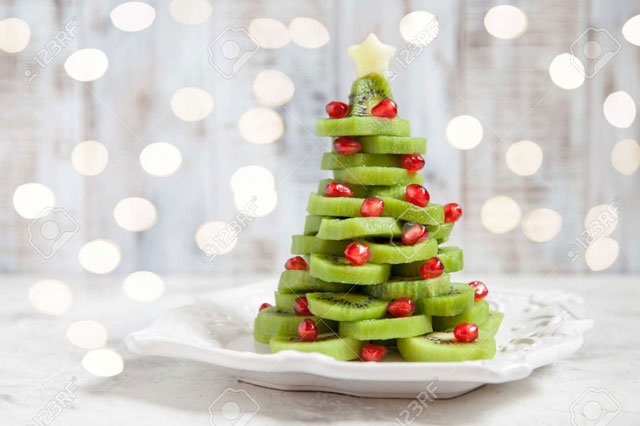
Figure 3.4.1.5.6: Kiwi & pomegranate Christmas tree {Elena Shashkina}
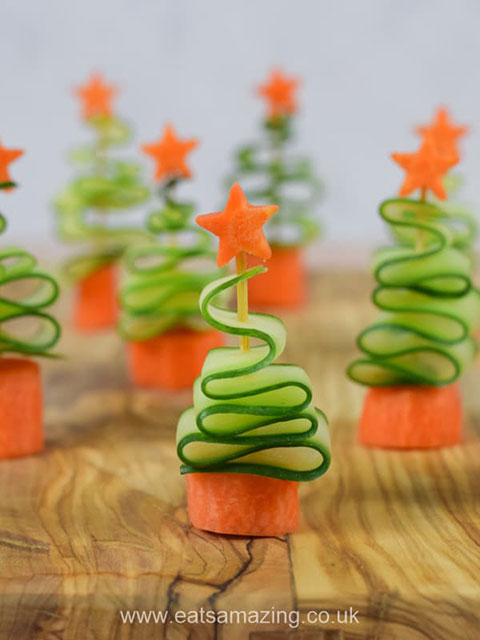
Figure 3.4.1.5.7: Cucumber & carrots Christmas trees {eatsamazing.co.uk}
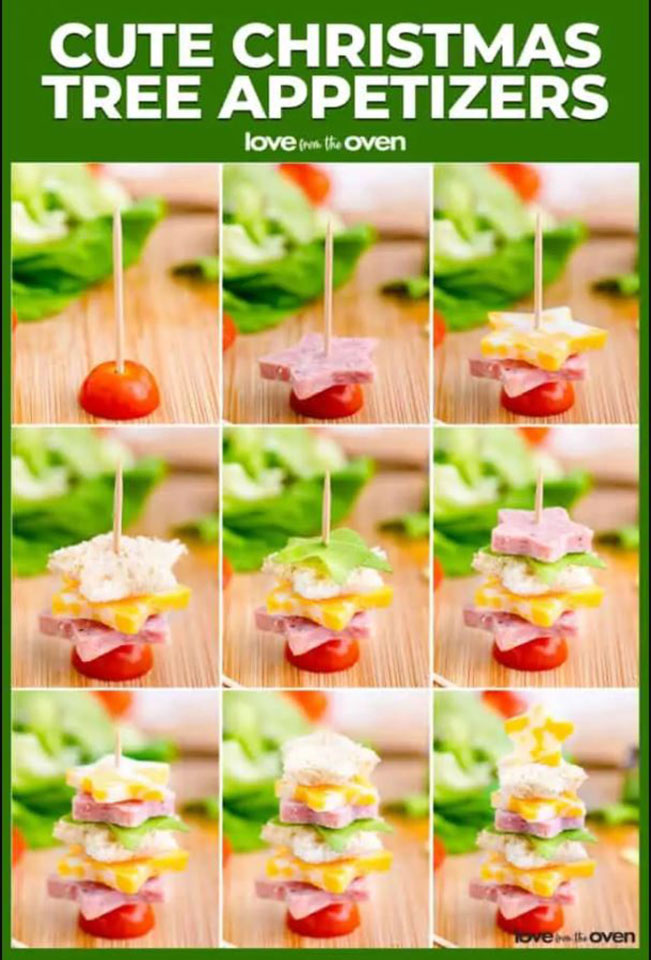
Figure 3.4.1.5.8: Assorted Christmas tree {lovefromtheoven}
Rimon Wehbi December 08, 2021
Last modified December 22, 2022
To cite this article:
Wehbi, Rimon. “Christmas in Maaloula.” In Yawna. Article published December 22, 2022; retrieved MONTH DAY, YEAR. https://yawna.org/christmas-en/.